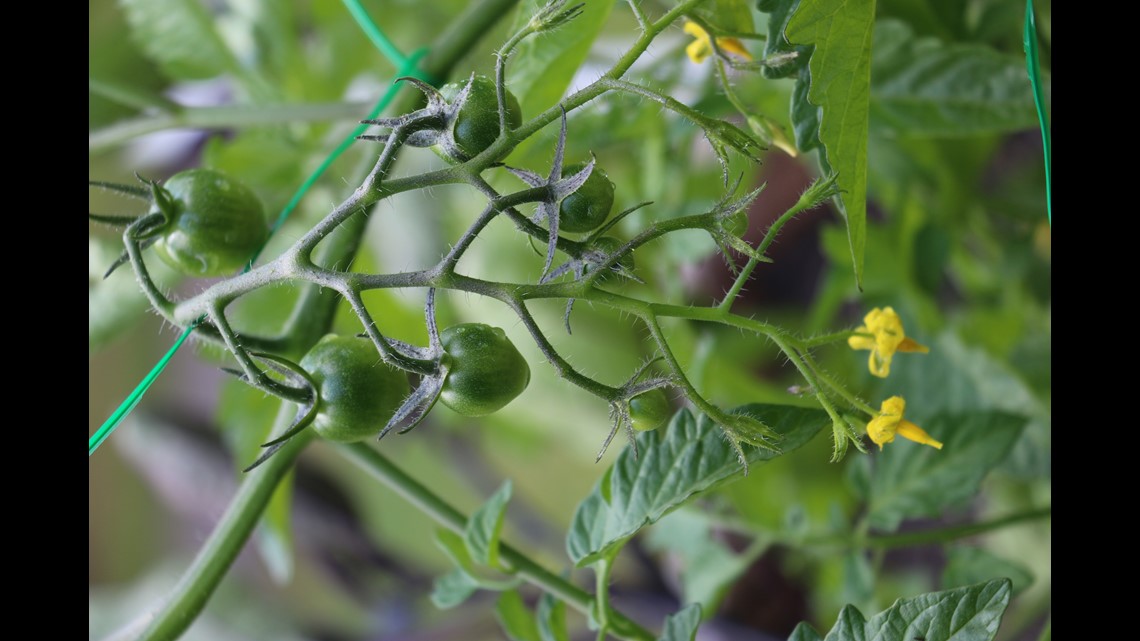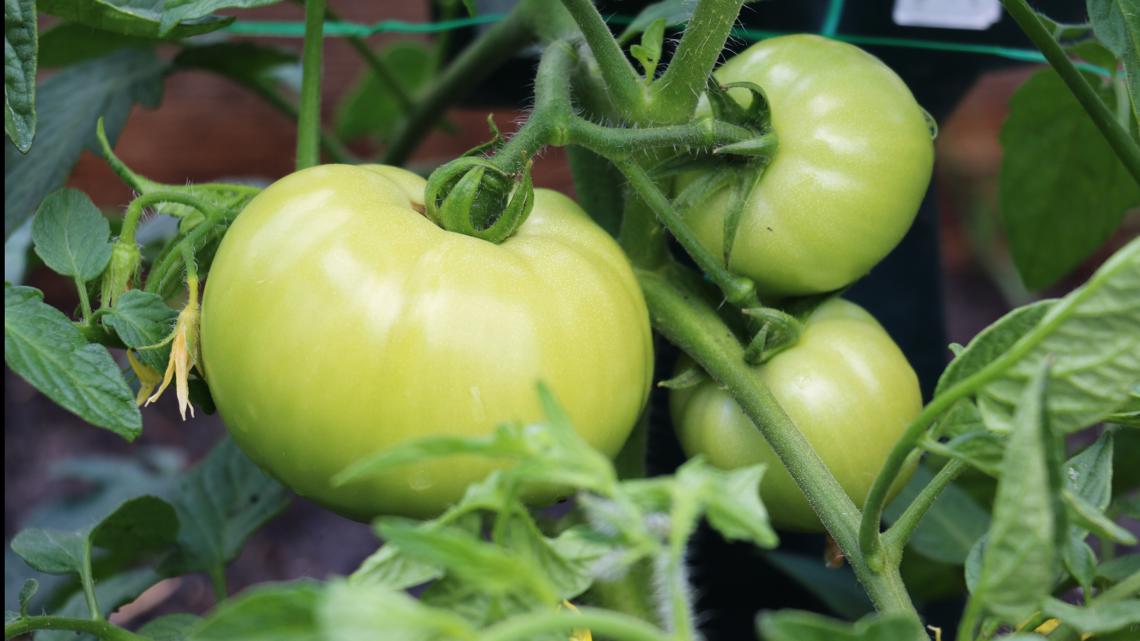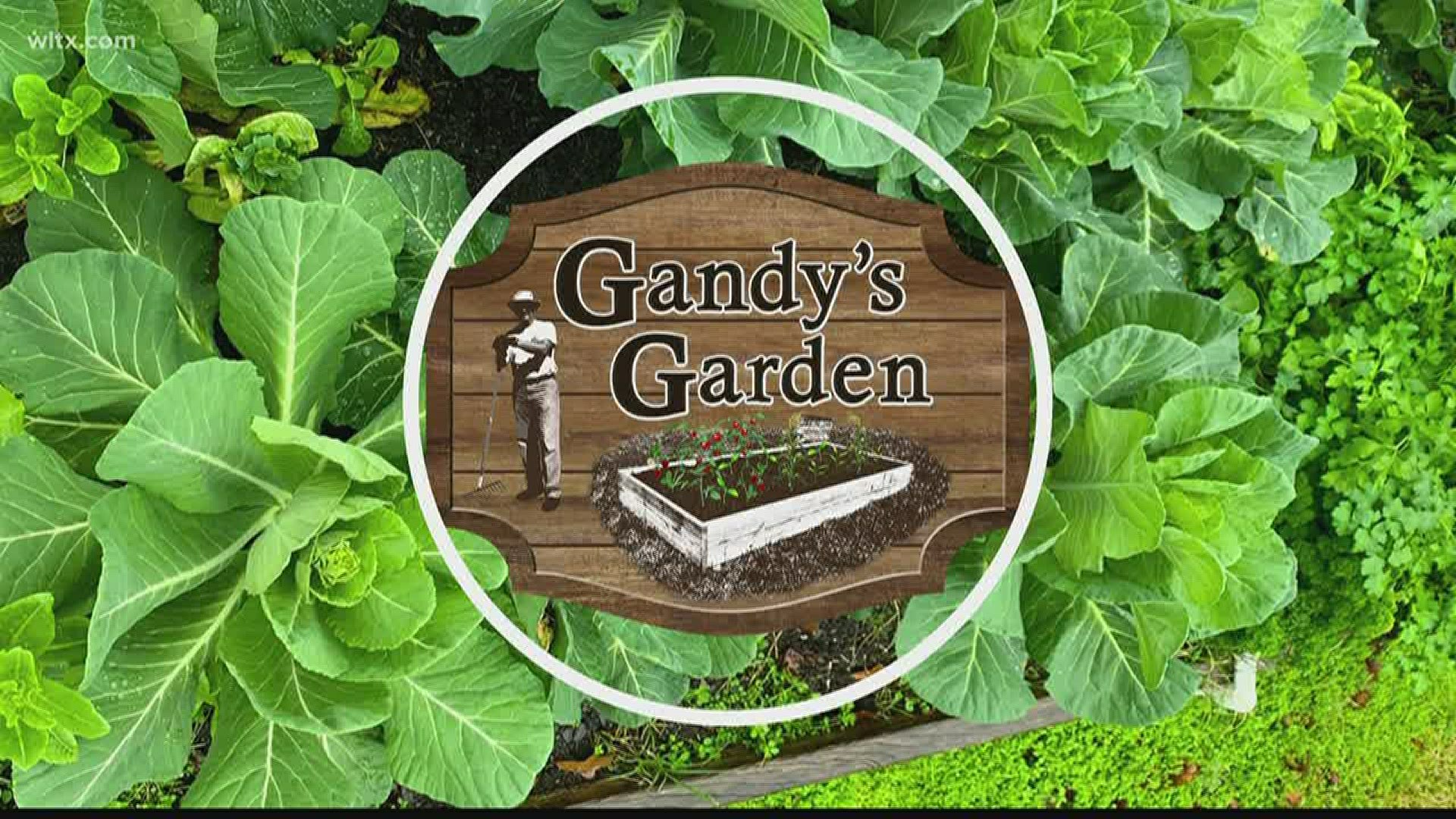COLUMBIA, S.C. — After a month without any rain in parts of the South Carolina Midlands, many gardens saw a month’s worth of rain just this week. Gardeners on our facebook group, Gandy’s Gardeners, reported incredible growth, but there are a few things we need to do now to protect our plants from muggy summer weather.
There really is nothing like fresh rainwater for the garden. Our plants seemed to have leaped overnight. The squash grew about a foot in just a few days. Studies show rain water has minerals in it that help plant roots absorb the nutrients available in the soil, while also containing nutrients, like nitrogen, from the atmosphere which help plants grow faster. Tap water is filled with additives that isn’t always the healthiest for plant growth (but it’s much better than no water at all).
Despite the benefits to rainwater, nature doesn’t always have the best interest of humans or our plants. Fungus loves rain just as much as our plants do! No need to worry about the occasional mushroom on the soil after the rain. Those are a sign that the soil has nutrients. On the other hand, fungal diseases like Downy and Powdery Mildew can destroy plants overtime. The disease can be prevented by keeping foliage dry, but that’s hard to do in humid climates like the southeast where daily summer rain is the main relief from sweltering heat.
The best way to fight against fungal diseases is frequently spraying foliage with fungicides before the symptoms appear. We use copper fungicide on our most susceptible plants once a week. It’s organic and contains only trace elements of carbon.
Tomato plants can also suffer from issues with water on their foliage because they are susceptible to diseases and fungal issues that thrive in humid environments. The key to success is good air flow. This year I’m growing plants on trellis to try and improve airflow around the plants.
Trellising works best with indeterminate tomato plant cultivars. These tomato plants don’t reach a “maximum height” and will continue to bloom and fruit regardless of age or pruning. Our super sweet 100 is an indeterminant plant and can grow to quite large heights.


Our Amelia tomato plant is a determinant variety. It’s growing alongside the Supersweet, but it can’t be pruned without affecting yields.


Next year I’ll plant the determinant tomato and indeterminate tomato varieties separately from each other because they have very different growing habits. I planted our tomatoes only a foot apart which is way too close. They’re already touching each other. Lesson learned!

